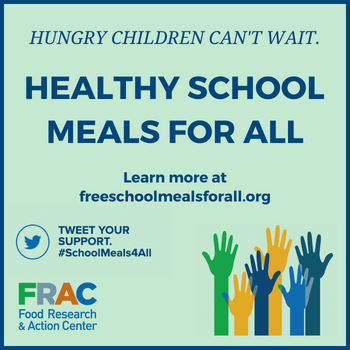
In just days, Iowa is set to implement the most restrictive food purchasing rules in the country for the Supplemental Nutrition Assistance Program (SNAP). Effective January 1, 2026, SNAP participants will only be able to use their benefits to purchase foods and beverages that are not subject to the state sales tax.
This year, I have used the words unprecedented, harmful, chaos, and confusion too many times to count.
The nation is still emerging from the unprecedented disruption of the November government shutdown, during which the Trump administration refused to issue Supplemental Nutrition Assistance Program (SNAP) benefits despite having both statutory authority and sufficient contingency and reserve funds to do so. As a result, millions of Americans, including children, older adults, and people with disabilities, went weeks without the nutrition assistance they rely on to meet basic needs. Multiple courts ruled that U.S. Department of Agriculture (USDA) was required to issue these benefits, yet the administration continued litigating while families experienced hunger, financial distress, and prolonged uncertainty. Public polling found that a large percentage of Americans blame the administration for this failure.
